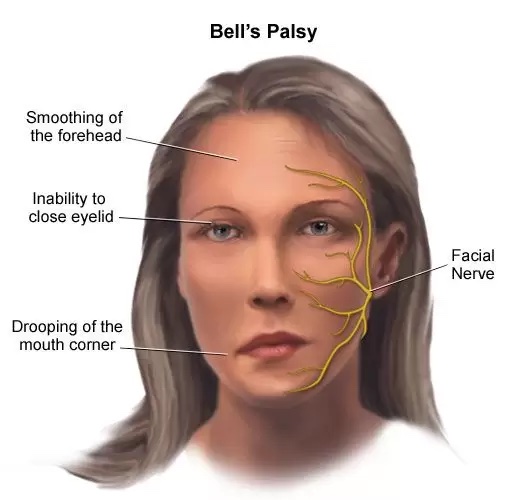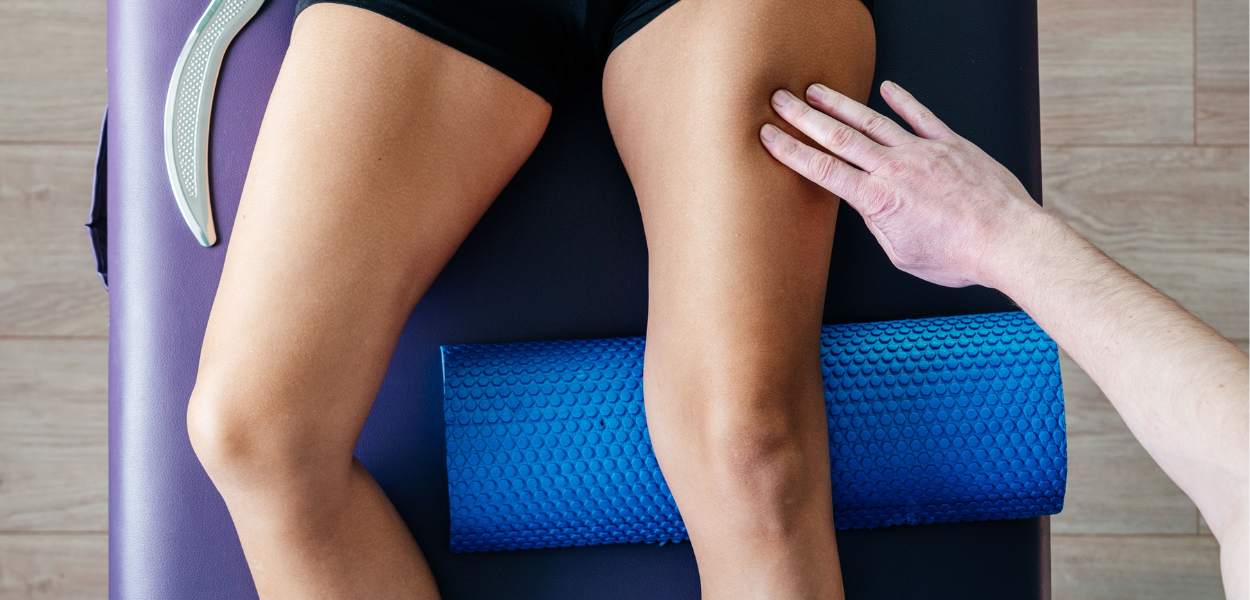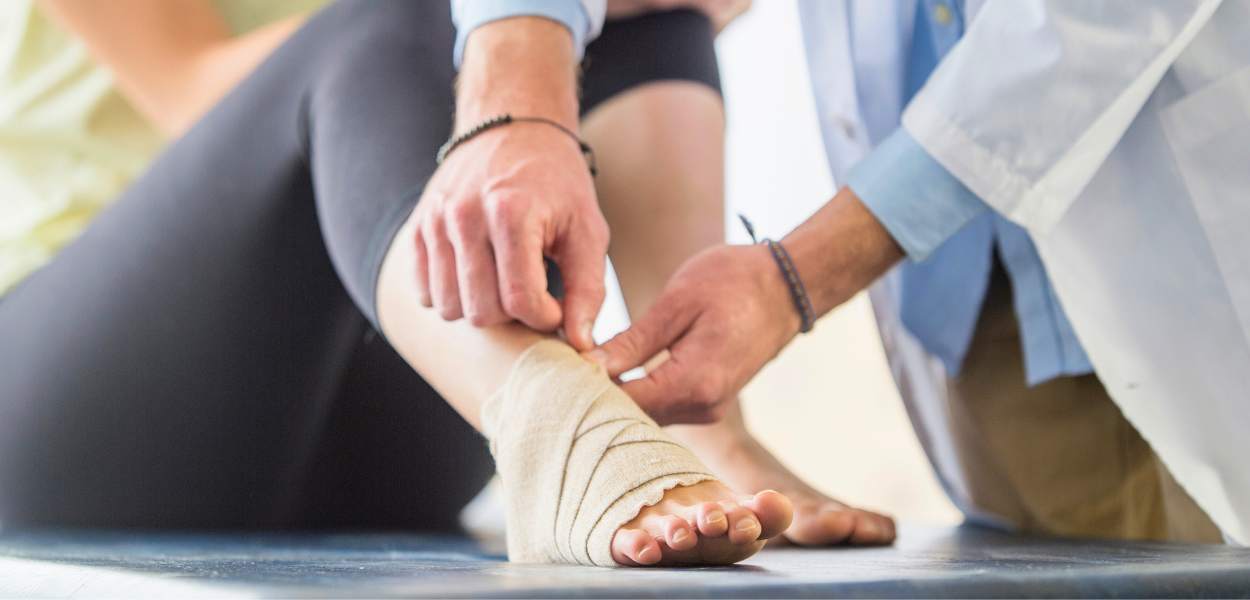Ankle Injuries (足踝扭傷)
How Do Ankle Injuries Occur?
Ankle sprains are a common injury, and the ankle joint is the body part that is second-most likely to be injured in sport. Ankle injuries can also be caused by minor trips, falls or mishaps in everyday life. Multiple structures within the foot may be involved with an ankle sprain, which is why a thorough assessment of the injury is required before treating it.
The ankle is a hinge type joint and plays an important part in our daily lives as it is responsible for adapting to the surface we walk on. When ligaments in the ankle joint suffer from a partial or complete tear, this results in an ankle sprain. As ankle sprains are more likely to occur when the ligaments in the ankle are weak, to prevent injuries from re-occuring, it is important to strengthen the ligaments.
The traditional grading system for ligament injuries:
- Grade I represents a microscopic injury without stretching of the ligament on a macroscopic level.
- Grade II has macroscopic stretching, but the ligament remains intact.
- Grade III is a complete rupture of the ligament.
Assessment & Diagnosis
Upon examination of the ankle, the physio will rank the severity of the sprain in line with the traditional grading system. The comprehensive assessment will check for dislocations, separation of joints, swelling and other deformities.
After a physical examination of the severity of the tear, a lower limb joint and gait assessment and a review of your medical history to gain a deeper understanding of your ankle injury, your physio will help you set short-term and long-term goals consistent with your activity level.
Treatment Sessions
The main goals in rehabilitating an injured ankle are to reduce pressure on it, manage pain and swelling, stabilise the ankle, and make sure it has proper positioning.
We use a range of methods to relieve pain and help with recovery, including:
- Manual therapy
- Acupuncture
- Strapping/ Taping
- Strengthening exercises to help reduce injuries from reoccurring
- Footwear and gait analysis
Our treatment techniques help to remove scar tissue, reduce stiffness and restore full movement to the ankle, to accelerate the rehabilitation.
Need Help? Contact Us Today!
For more information or any enquiries, contact us at appt@sportsandspinal.hk or +852 2530 0073.
Latest Physio Tips & Articles

Effective Physiotherapy Treatment for Postpartum Wrist Pain – Case Study
Effective Physiotherapy Treatment for Postpartum Wrist Pain – Case Study A 31-year-old woman who recently gave birth sought physiotherapy treatment…

Bell’s Palsy Case Study: A 55-Year-Old Female
Bell’s Palsy Case Study: A 55-Year-Old Female A 55-year-old female sought medical attention for Bell’s palsy, a condition characterized by…

Myofascial Release Therapy
Myofascial Release Therapy If you've been experiencing soreness lately, you may have come across the term “myofascial release.” This technique…

Treating Minor Sports Injuries
Treating Minor Sports Injuries The Peace and Love Principle Say goodbye to RICE! PEACE and LOVE are the new kids…

